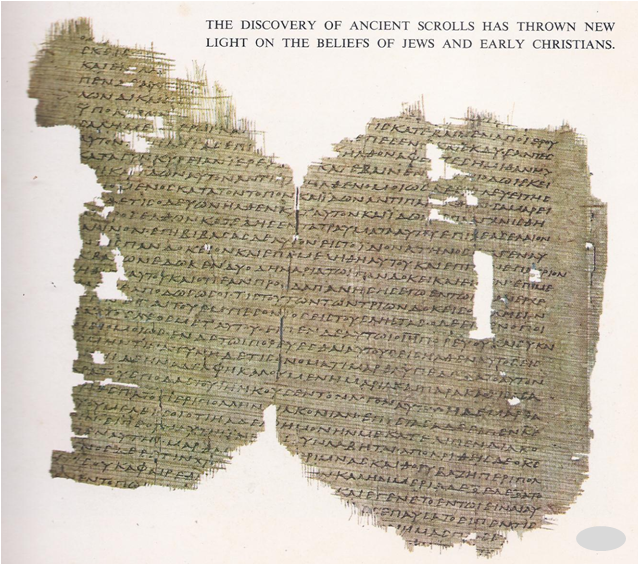JESUS lived and died a Jew. Like the ancient Hebrew teachers, he urged people to love God and to love their neighbours. He left no writings of his own. His public ministry was short, possibly not as long as two years. It seems probable, therefore, that his influence on world history might not have been nearly as great had his story ended on the cross. The gospel story does not end with his crucifixion. He died on Friday. To speed the death of those crucified on Fridays, so that they could be buried before the Sabbath, the legs of the …
Read More »Tag Archives: Galilee
The Life of Jesus Christ (B. C. 6 to 29 A. D.)
ALL THAT is known about Jesus of Nazareth appears in the first four books of the New Testament. These books, written many years after his death, are called the gospels of Matthew, Mark, Luke and John. There are differences of detail in each and the events of his life are not always reported in only one or two of the books, others in all of them. The gospels of Matthew and Luke, for example, begin with the birth of Jesus to a virgin named Mary. The gospels of Mark and John begin with events that took place some thirty years …
Read More »The First Palm Sunday A.D. 29
IT WAS the Sunday before Passover. The soft greens of spring and patches of wild flowers brightened the hills above Jerusalem. The holy days of the Passover, celebrating the escape of the Jews from slavery in Egypt, would not begin until the following Friday at sundown. But people were already busy preparing for it. The roads leading into the Holy City were crowded with Jews coming to attend the rites in the Temple. On the roads were also herds of cattle, flocks of sheep and carts loaded with cages of turtledoves. These were being brought to the Temple to be …
Read More »

